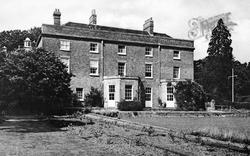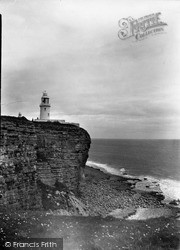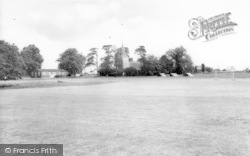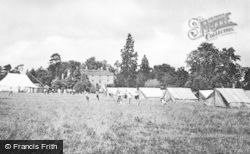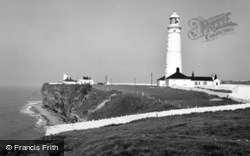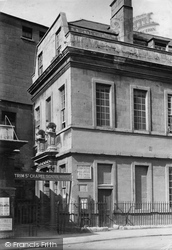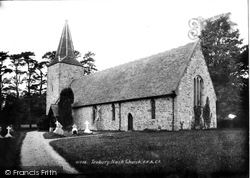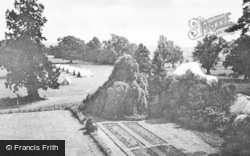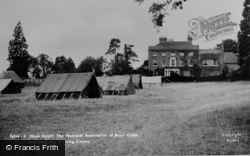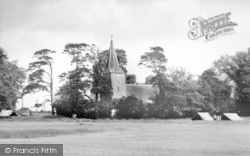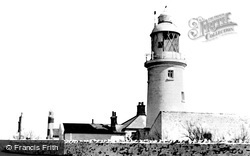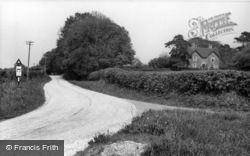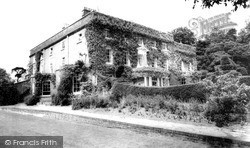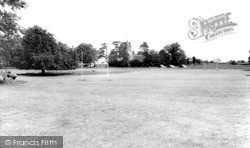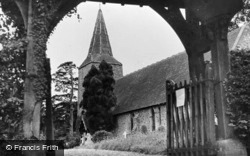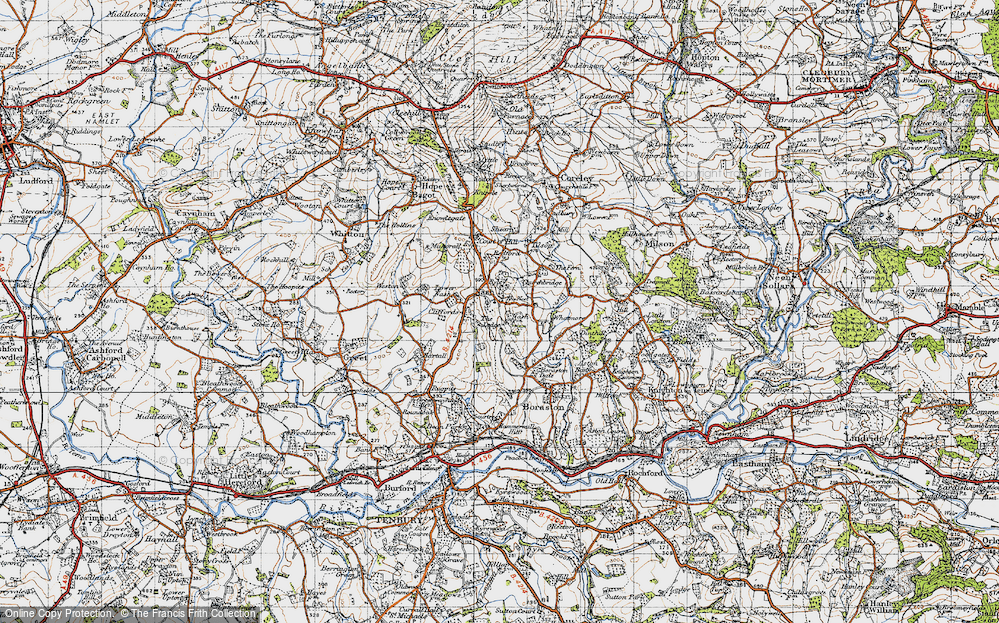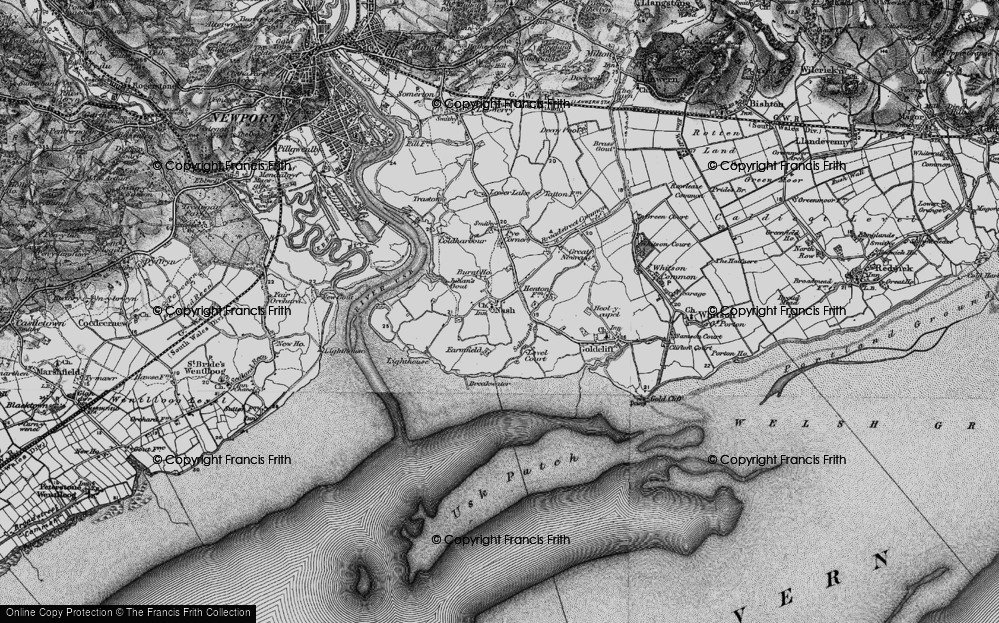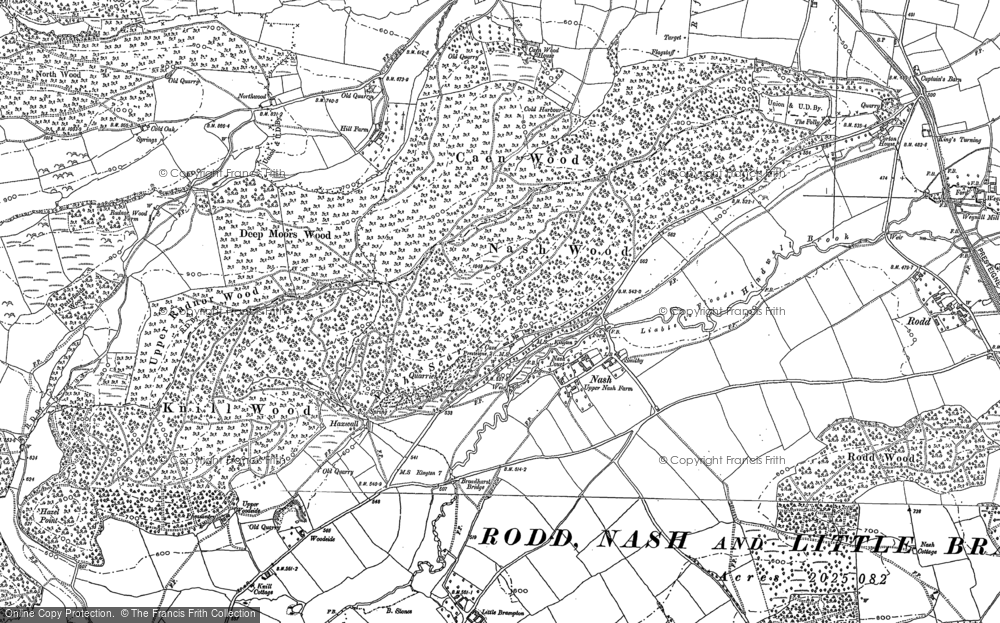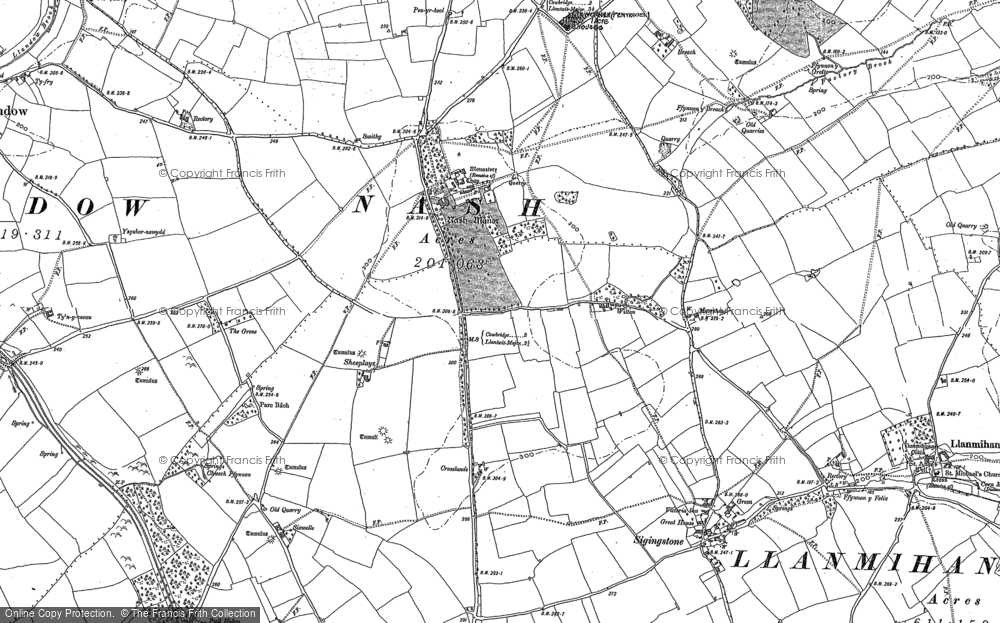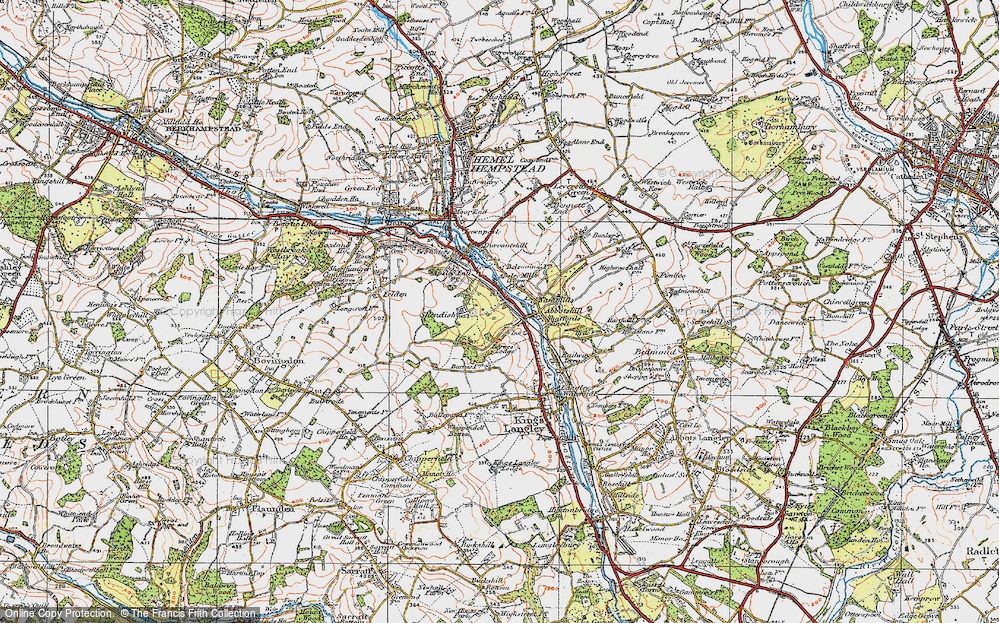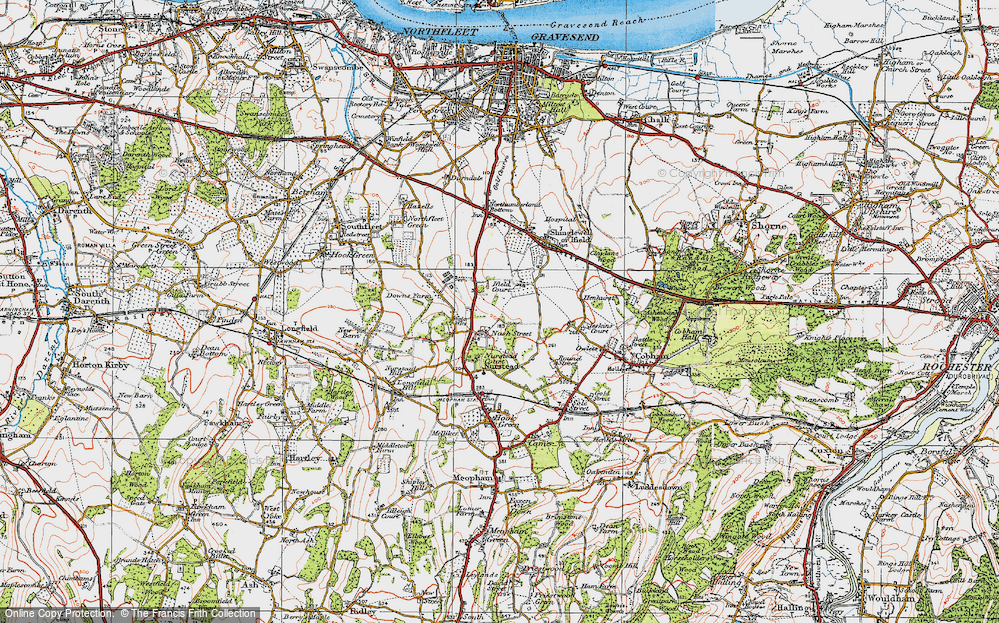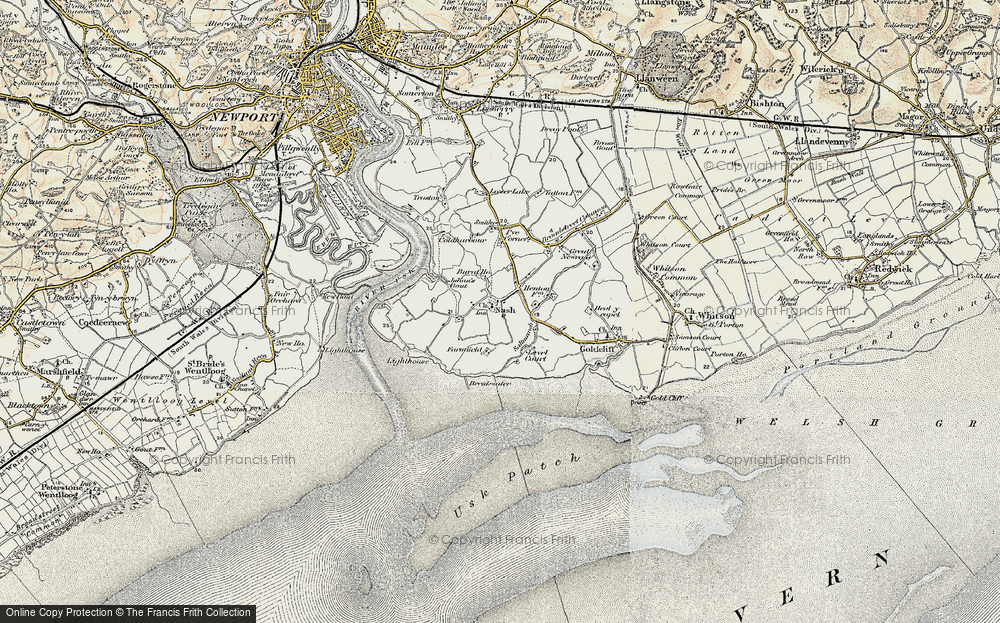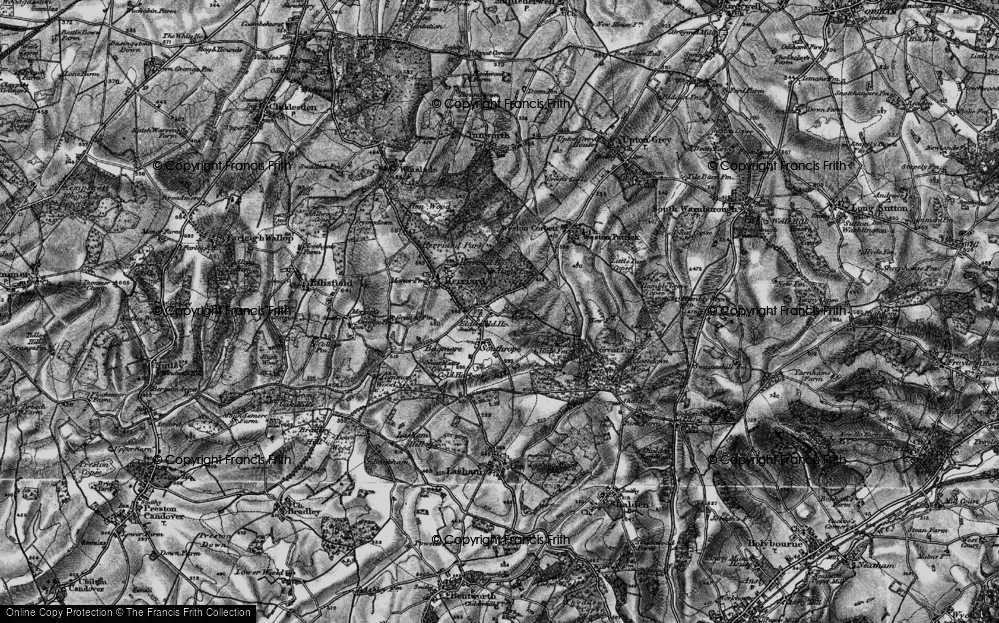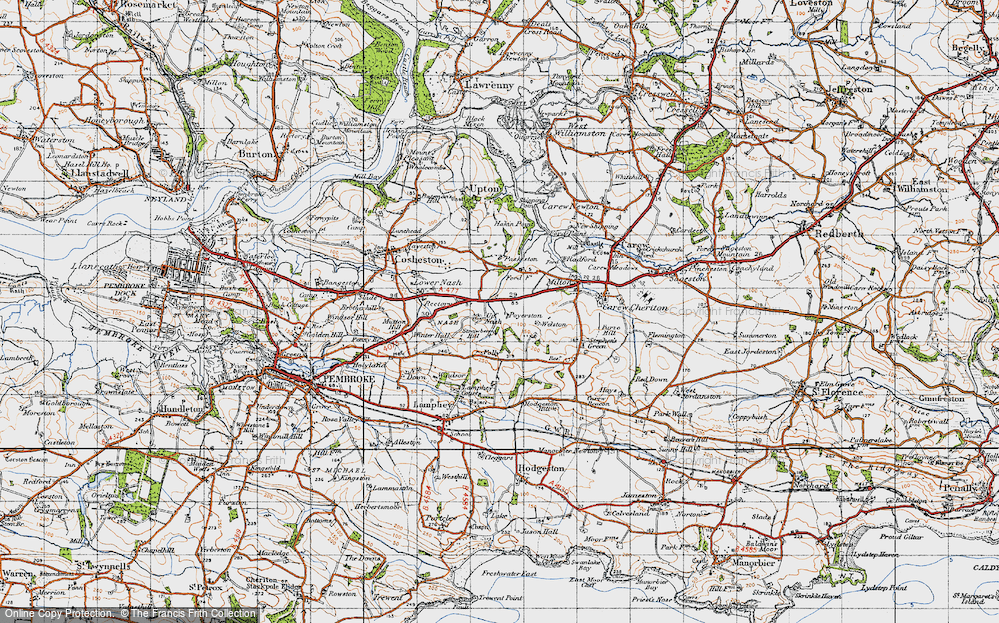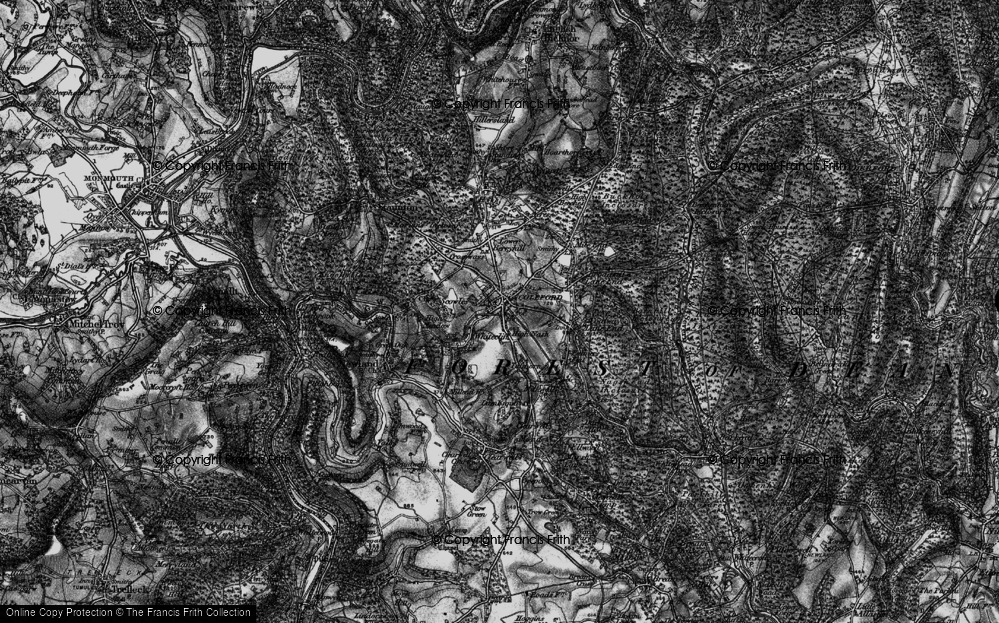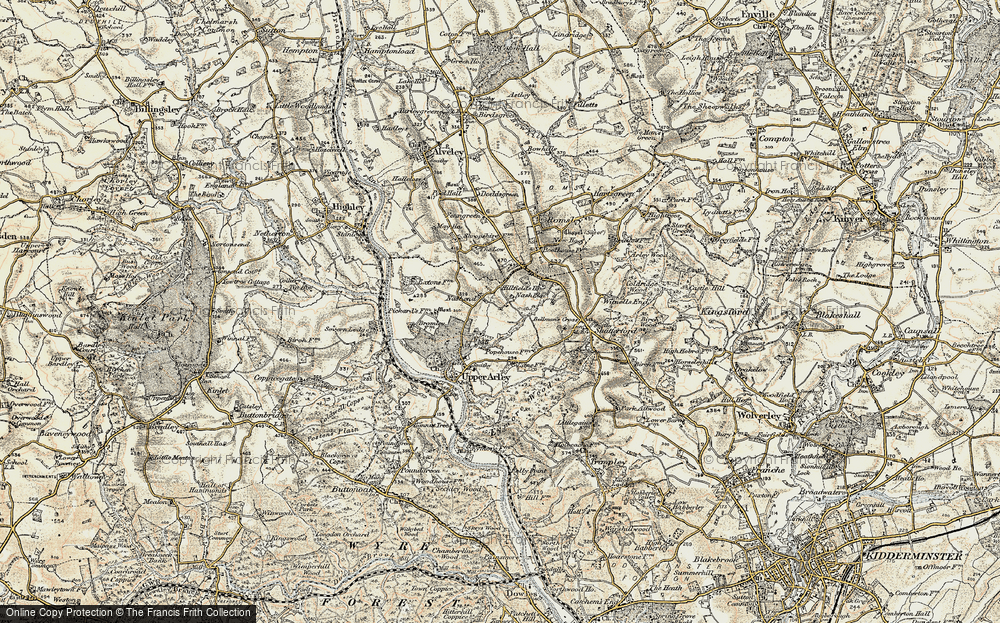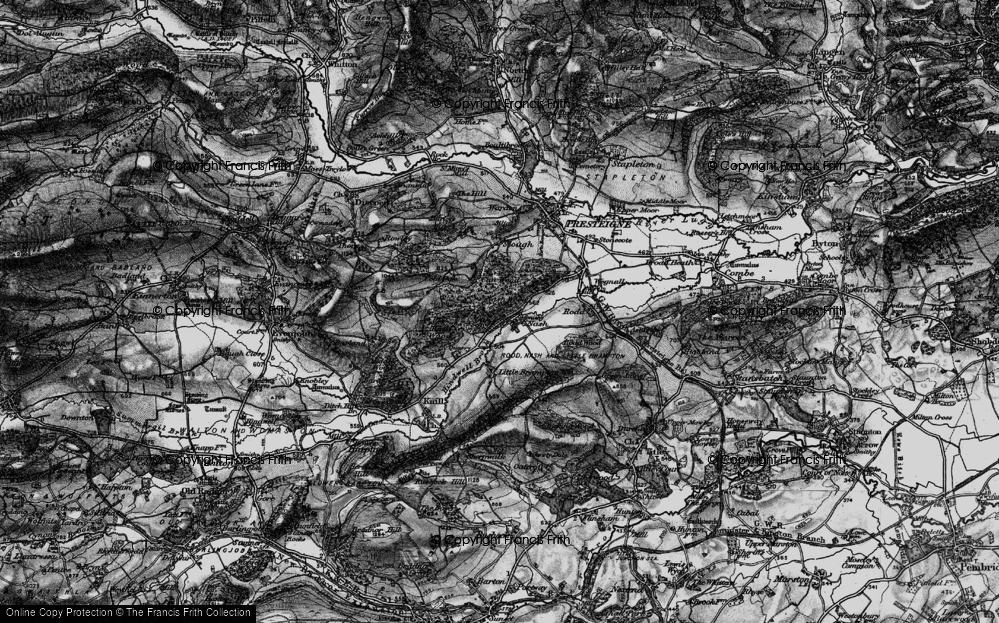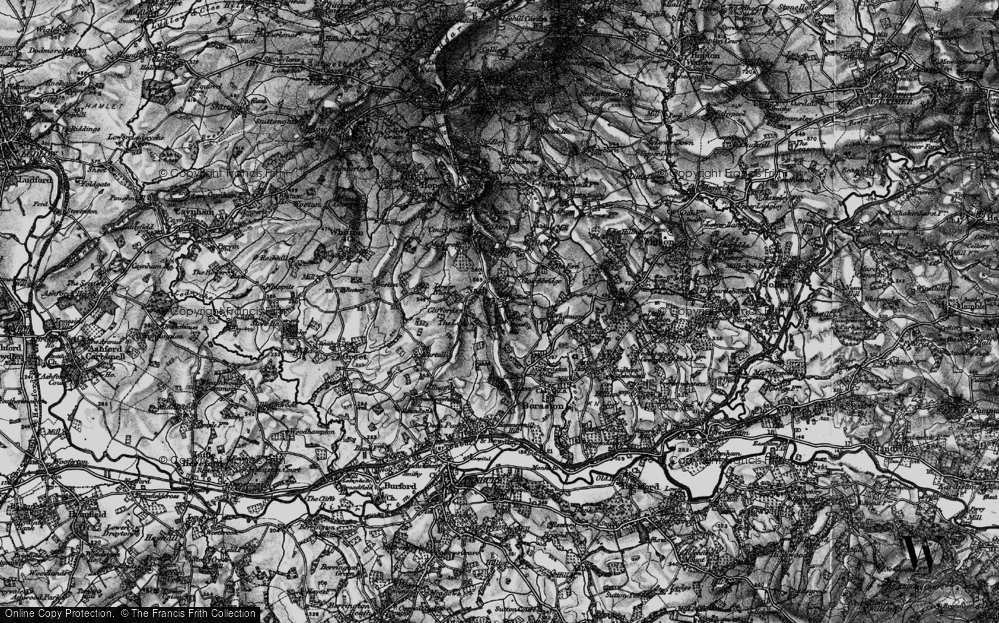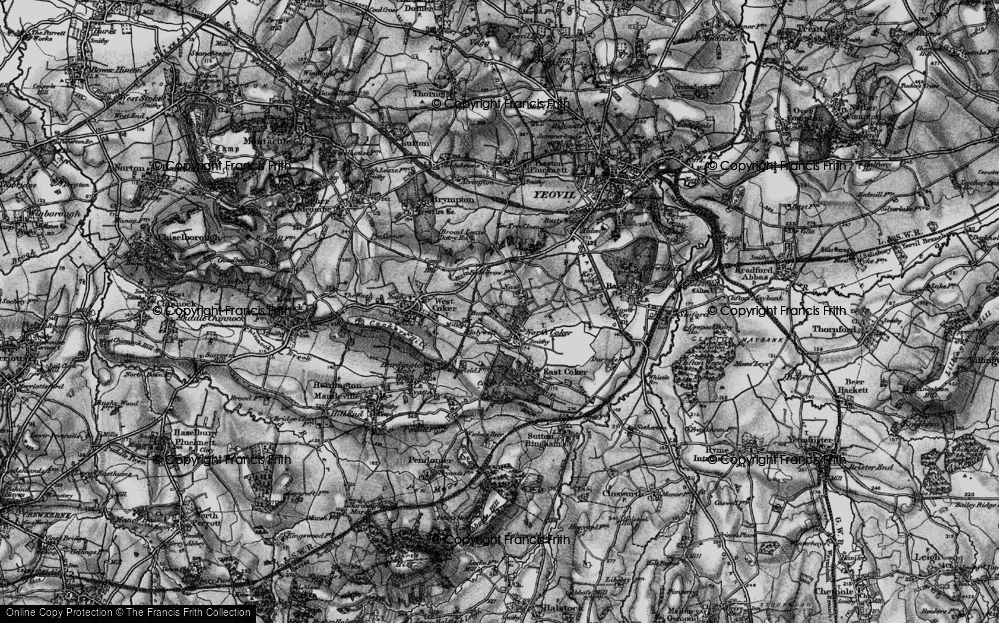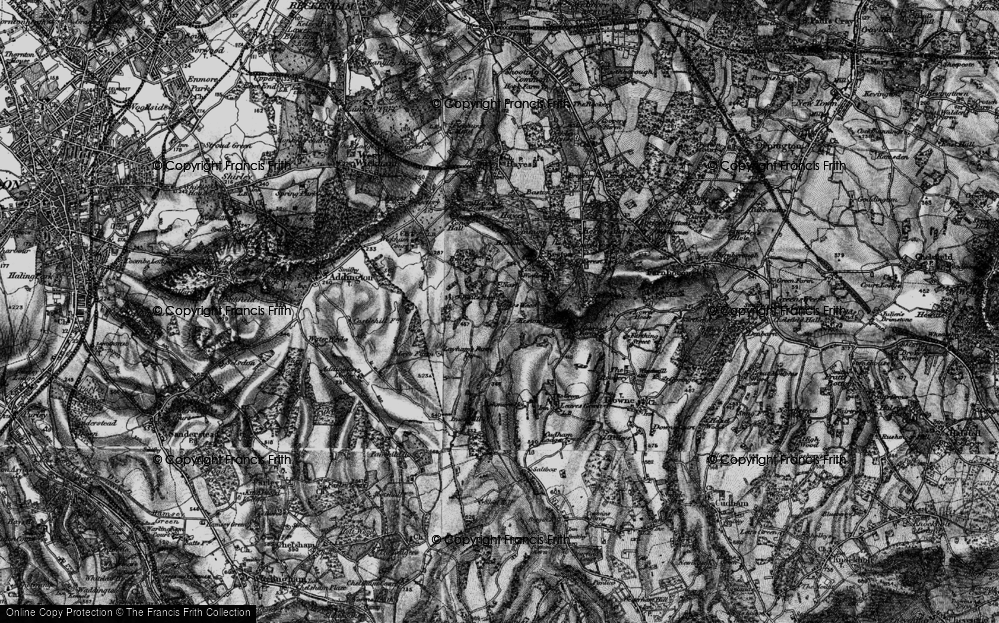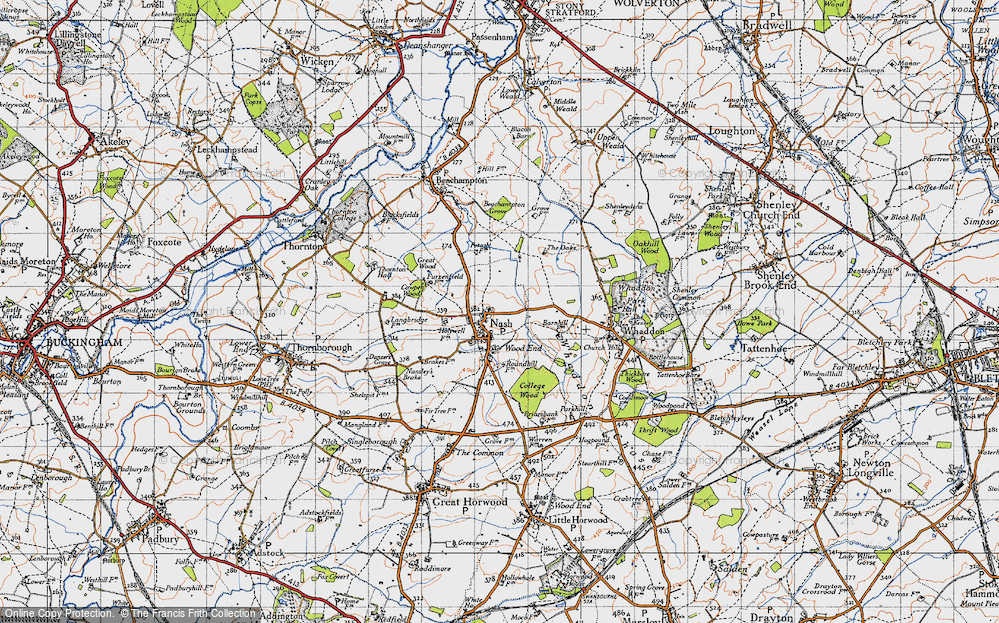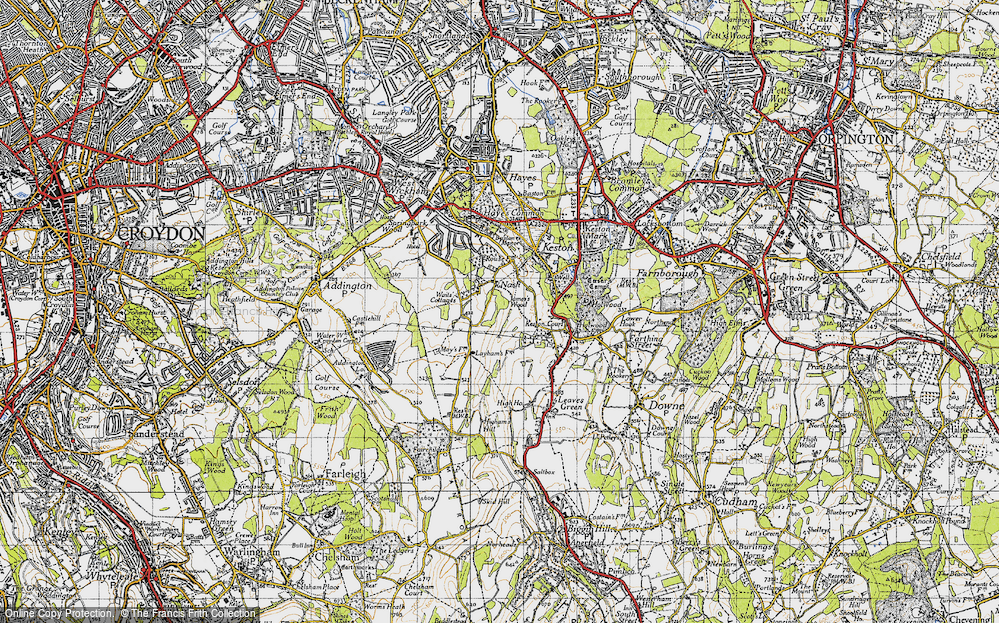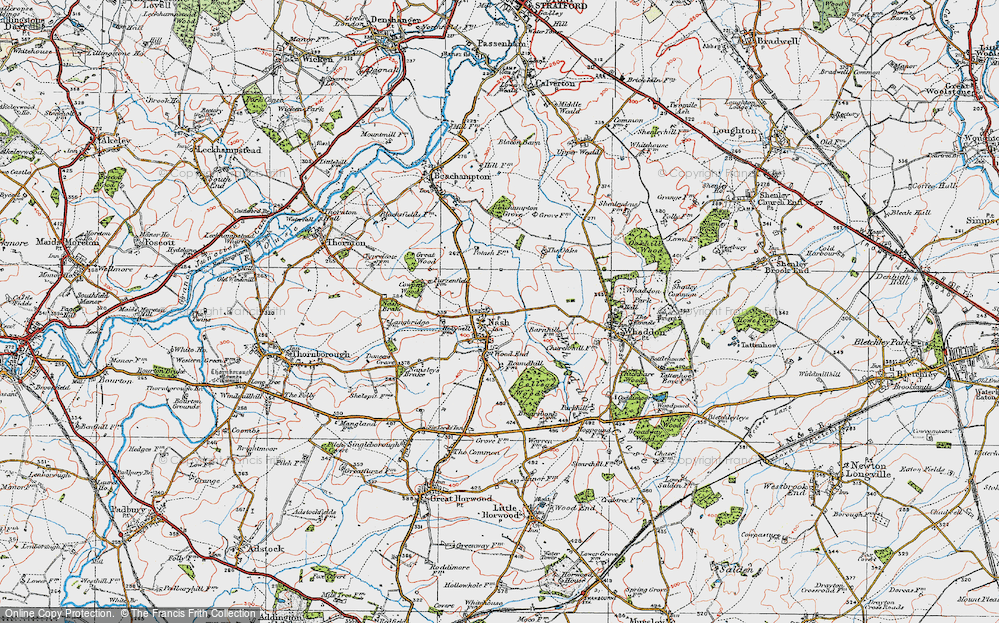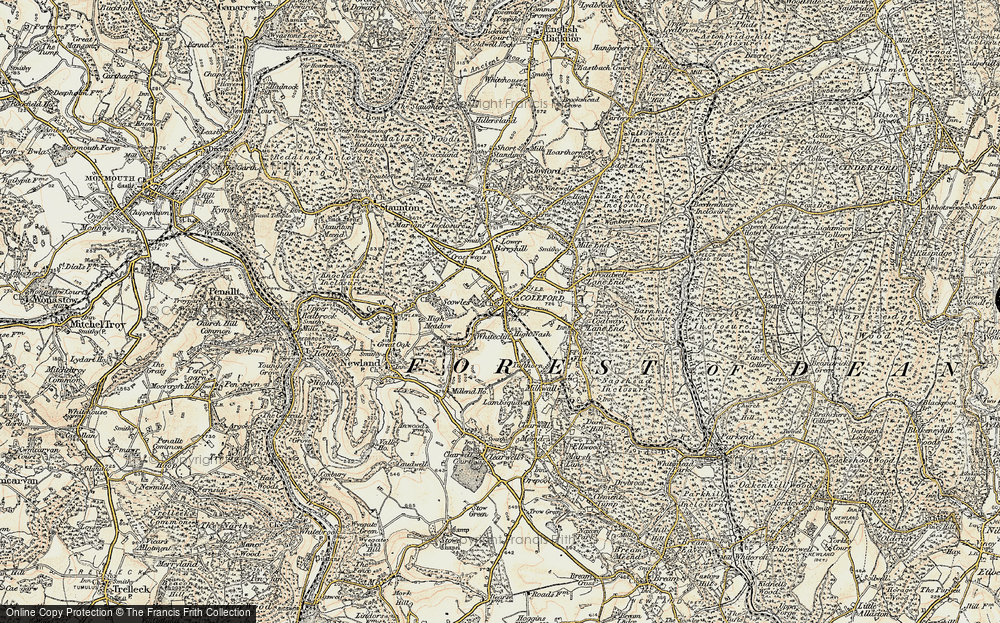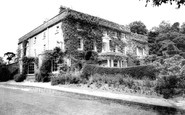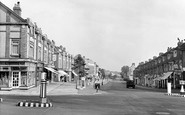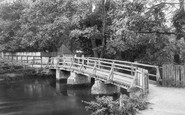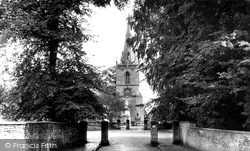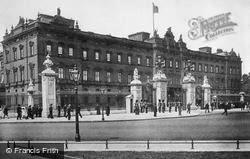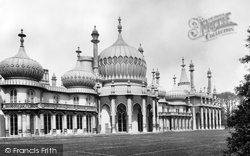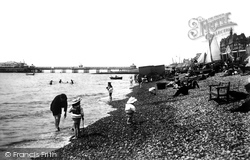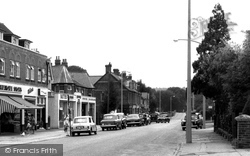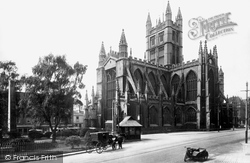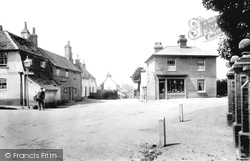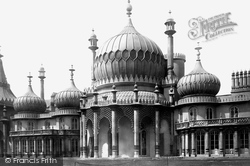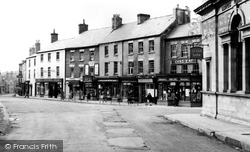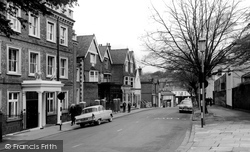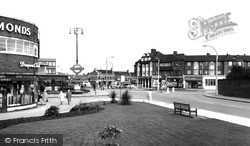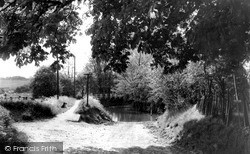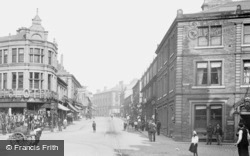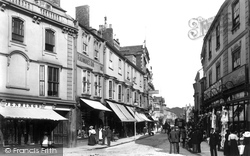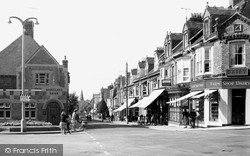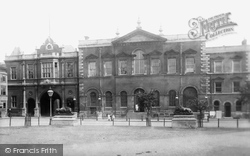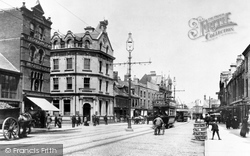Places
15 places found.
Those places high-lighted have photos. All locations may have maps, books and memories.
- Nash, Shropshire
- Nash, Kent
- Nash, Gwent
- Nash, Greater London
- Nash Street, Kent
- Nash, Buckinghamshire
- Nash, Somerset
- Nash, Hereford & Worcester
- High Nash, Gloucestershire
- Nash Street, Sussex
- Nash Lee, Buckinghamshire
- Nash Mills, Hertfordshire
- Nashes Green, Hampshire
- Upper Nash, Dyfed
- Nash End, Hereford & Worcester
Photos
48 photos found. Showing results 21 to 40.
Maps
494 maps found.
Books
Sorry, no books were found that related to your search.
Memories
108 memories found. Showing results 11 to 20.
Stonehurst Five Ashes
We lived at Stone Cottage, and then Stonehurst on the road between Five Ashes and Jarvis Brook for 7 years whilst I was a child. Wonderful freedom absorbing the Wealden countryside. We used the grocers shop, run by Mr Gagen, ...Read more
A memory of Five Ashes in 1959 by
Keel History
Hi, I have been reseaching my family on the Keel side, and have found a Barnard Keel, working with his father David and mother Mildred in The Plough in Westfield, Battle, Sussex. They were the publicans in the 1910's or ...Read more
A memory of Westfield in 1910 by
Nabc
I was a member of Ardwick Lads Club, Manchester, and very interested in Youth Work. As such I attendedand passed a weeks course at Nash Court and became a member of the National Boys Club. I met youths from all over the British Isles (and the USA) ...Read more
A memory of Nash in 1965 by
Epsom Army Cadets
We were part of the 3rd Cadet Batallion of the East Surrey Regiment. Our base was the wooden huts erected behind Snows cycle shop in East Street after a German bomb obliterated the infants school that was there. The Officer in charge ...Read more
A memory of Epsom by
Selsdon Parade Residential Flat
My family and my father's before that (surname Kent) lived in Selsdon (84 and 32 Foxearth Road, 170 Littleheath Road, and 24 Benhurst Gardens) spanning c. 1930 - 1989. But at one point (after my father's death), my ...Read more
A memory of Selsdon in 1982 by
'down Yer 'wey'.
Moved to Farncombe in 1942 from Datchet, but evacuated originally from Barking, London. I remember arriving at my new home at 1 Tudor Circle. My Step-father was a fireman in the AFS, who's ...Read more
A memory of Godalming in 1942 by
Durnford St School
I lived on Abbey Road at no.42. I went to Durnford Street School and was known as 'Bash Baker'. Anyone out there still? Does anyone know what happened to Sylvia Penny.
A memory of Middleton in 1954 by
Oh For Thing Past.
I was born in 1941 in St Augustine's Rd at the top of Chalk Pit Ave. The memory I have are, the Bull Inn at the corner of Sandy Lane next to Nashes Paper Mills. Ridge ways ? the all one shop, {things past}. Doing paper rounds ...Read more
A memory of St Paul's Cray in 1950 by
Curly Paice
Curly (Bill) Paice was a name in Yateley and the reason I write this is because I saw the Nash name and I know (Bill) my step dad knew Bill and Doreen and from my recollection were good friends. You may have known Bill passed in 2004 (the ...Read more
A memory of Yateley by
Christmas At Hordern
When I was three we moved from Horden to Coventry, my father Reuben Dinning was a miner. My first memory was visiting my grandparents, Will and Lydia Martin. They lived at 2 Ash Crescent. I also remember holidays at Crimdon Dean. ...Read more
A memory of Horden in 1958 by
Captions
51 captions found. Showing results 25 to 48.
Other famous names associated with Corsham and its fine collection of good houses include designers John Nash, Henry Keene, Capability Brown and Bellamy.
where this celebrated royal palace now stands grew mulberry bushes for the silk industry.The palace was built in its original form in the early 1700s and adapted to the Palladian style by John Nash
This astonishing building started life as a farmhouse, then became a classical villa with a rotunda, before Nash transformed it into this domed and minareted Mahatman-Indian palace for the Prince Regent
Built as a farmhouse, then a classical villa, it was finally transformed by John Nash into this romantic Hindoo, Mahometan fantasy bedecked with domes and minarets between 1813 and 1822 for the Prince
The International Stores (left) are now Harris and Nash's electrical shop and Broadstone Discount Stores.
This area is now somewhat traffic-plagued, so that this peaceful scene is no more; the obelisk to the Prince of Orange, erected by Beau Nash in 1734 (restored in 1872), now occupies a railing-less traffic
The magnificent neo-Gothic building on the prom began life as a triangular house designed by John Nash in about 1795.
The new church was designed by Edwin Nash, and opened in 1864. It is a rather uninspiring essay in the Decorated Gothic style, built in hard flints with stone dressings.
William Nash's premises (left), a boot and shoemaker who is also a postman, fronts onto West Street, formerly called Pound Lane.
The nucleus of the Pavilion was built in 1787 as a simple Georgian villa, but it was transformed by Nash into the extravaganza (now a tourist attraction) we see today by 1821.
Evidence of this was provided in the 1980s when the High Nash industrial estate was being built and a large Roman temple was discovered.
Built as a farmhouse, then a classical villa, it was finally transformed by John Nash into this romantic Hindoo, Mahometan fantasy bedecked with domes and minarets between 1813 and 1822 for the Prince
doubt extremely attractive, and the school buildings contribute greatly to that well-manicured ambience, such as Bradbys to the left and The Park seen here to the right, a fine house remodelled by John Nash
photograph is Southgate House of the late 18th century, built in the form of a neo-classical villa by Samuel Pole; a short distance along the Bourne is Grovelands, a beautiful house designed by John Nash
The mill was one of the two main Hertfordshire paper works (the other was at Nash and Apsley Mills in the west of the county), but it fell into decline and is now a private residence.
Apsley Mills came under the technical control of the Ministry of Munitions and Nash Mills made mortar bombs and small shells.
Industry at Nash Mills has now disappeared to become a new housing development.
Boots & David Lewis had led the way by being cash-only shops; by 1899, the trend of negotiating over a reduction in the marked price had almost died out.
On the right is Winebloom's Railway Hotel and Robinson's Cash Boot Stores; on the left is Graham's Adelphi Commercial Hotel.
Behind them the Queen Anne façade of the White Hart hides the fabric of a Tudor building, while the structure housing Babbs footwear shop is not so bashful.
Edwin Broad, Cash Draper, has overflowed into the next door shop, and just arrived a little further down is an early chain store - Oliver's, the shoe shop.
Owing to his policy of 'good value for cash', his enterprise eventually expanded from a single shop, built in 1887, into six shops.
Work started in 1722, but it was not completed until 1737: local government has always been strapped for cash.
Among the shops are Paten & Co, offering 'Spirits direct from Bond', and Cash & Co are on hand to sell the footwear.
Places (15)
Photos (48)
Memories (108)
Books (0)
Maps (494)





